Dear friends and mountains travellers,
After researches discussions and reflexion, I had come to the conclusion that I have to reduce the number of mountains that I’m gonna study, and to change the final form of my project. Let’s define first the final choices of mountains:
- Mount Fuji, Japan: The Jewel of Japan is not only a wonderful and astonishing mountain, raising in the middle of a wide forest, but also the character of many stories and legends, considered as a deity. (sources in the last post and help from my Japanese friend Yukino.)
- Nyangani Mountain, Zimbabwe: Zimbabwe mountains are are full of surprises and beauty. But they are also thrilling with mystical and scary stories: spirits, curses, deities. Nyangani is especially known and feared by the inhabitants, though it is difficult to find sources. This mountain is called “The mountain that swallows people”. (source in the previous post and bellow)
- Haleakala Mountain, Hawaii: The famous volcano is known as one of the most important mountain of Hawaiian mythology, as its fire was the original nest of the sun before the God Maui pulled it out of the crater (source bellow plus the witnessing of a Tahitian friend, Tristan)
- Auvergne mountain: When I was a child, I heard many stories about big bad wolves in the mountains of France, eating naughty children once the night was swallowing the forests. But later, I discovered that this wolf was more than a scary story for children: in the Montagnes d’Auvergne, the beast of the Gévaudan killed more than a 100 people, but nobody was able to solve that mystery, not even the armies of the King Louis XV. (sources in my last post and some lovely grand-parents from my homeland).
- Machu Picchu, Peru: My choice about Andes Mountains is not certain yet. Machu Picchu may be the most obvious one, full of sources and well known by the world. But Andes is the longest mountain chain in the world, and is full of different cultures and legends. Who were those people who chose to live in the sacred mountain, kilometers above the sea? (source bellow and a friend who climbed several mountains in Peru).
- Czech mountains: I have the chance to be in a country full of folktales and mysterious legends. I didn’t chose yet which Czech mountains I’m going to study, I am currently gathering stories from friends, their families, and some teachers in Palacky University. This part is coming soon.
- Scandinavia: I have always been attracted and interested in Nordic legends, a region of the world full of mountains, lakes, fields and forests. Ancient people learnt how to live with fjäll and mythology, in the coldest and longest nights. Jonna Jinton is a Swedish woman who decided to leave her whole life and family in the south of Sweden to live a traditional life in the north, and sing songs to the mountains and the gods. (source bellow, plus witnessings of some Swedish friends, Alexandra and Nadim).
To build a relevant file of comparative mythology, I will start by learning more about the places themselves, by reading articles and essays, and watching some documentaries or Vlogs (some of them in the sources below).
In addition to the research of reliable sources and stories, I would like to use the ‘soundscape’ that we studied in class, as songs were sometimes a way to transmit stories, in oral tradition. Celtic bards, Greek storytellers, Inca priests … I would feel inspired by the mountains to record sounds and songs, to mix them with my final project, as I am very sensible to music and auditive immersion. (sources bellow)
Of course, I still have a lot to do to organize that flow of informations, I will then tell you about the next step the rest in my future posts!
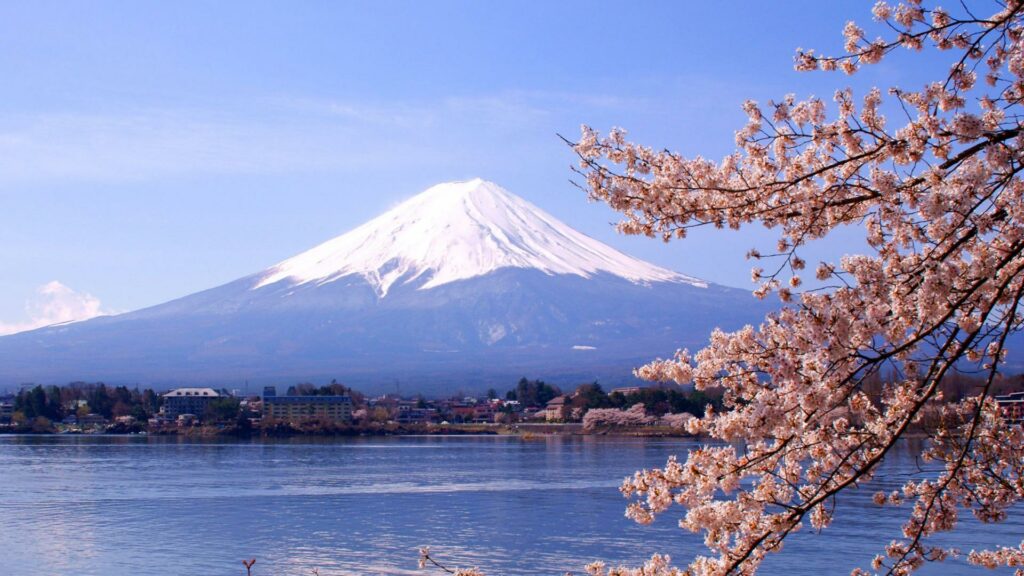

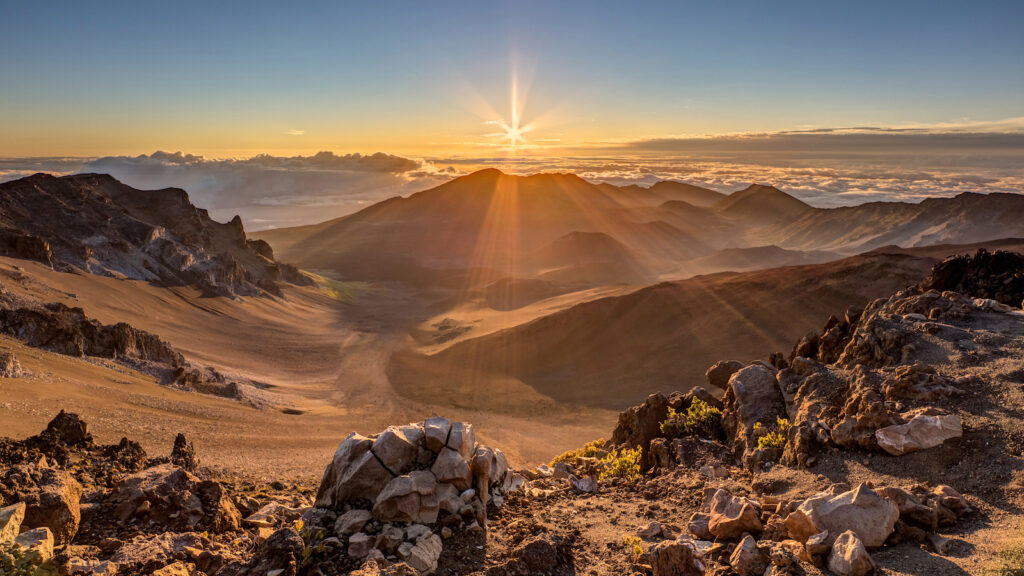
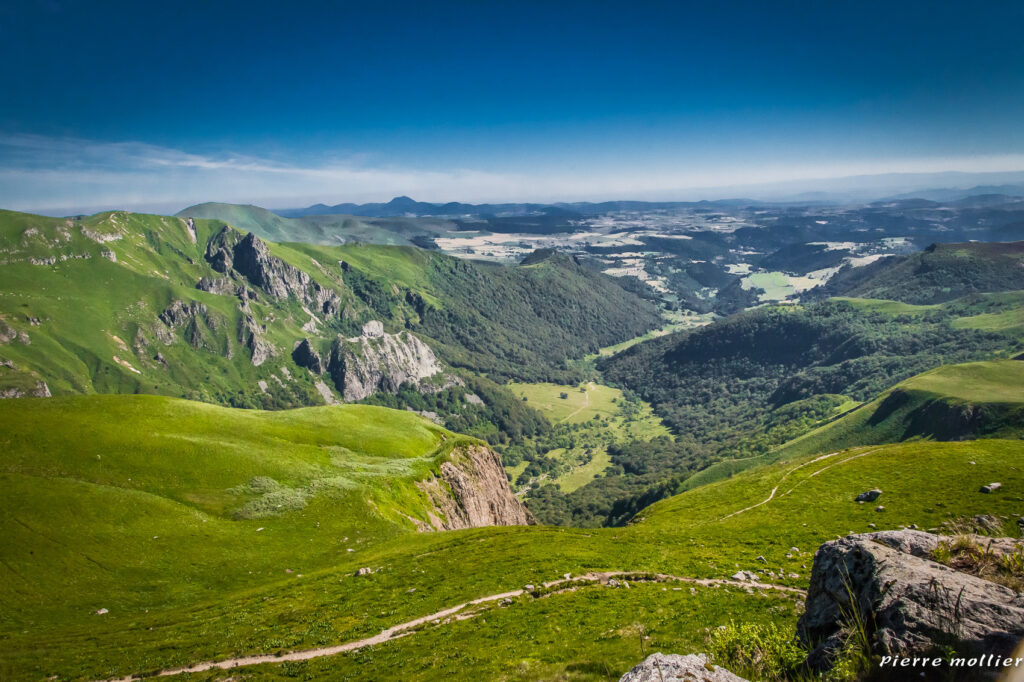

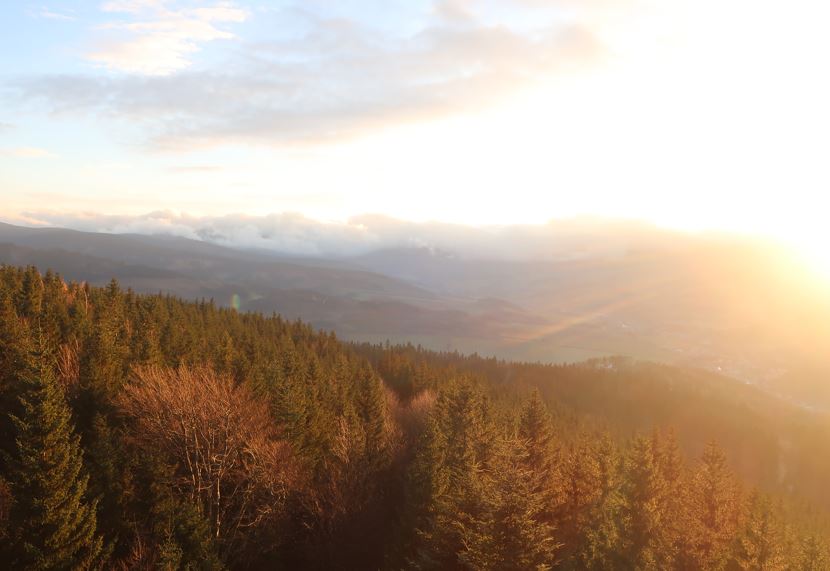
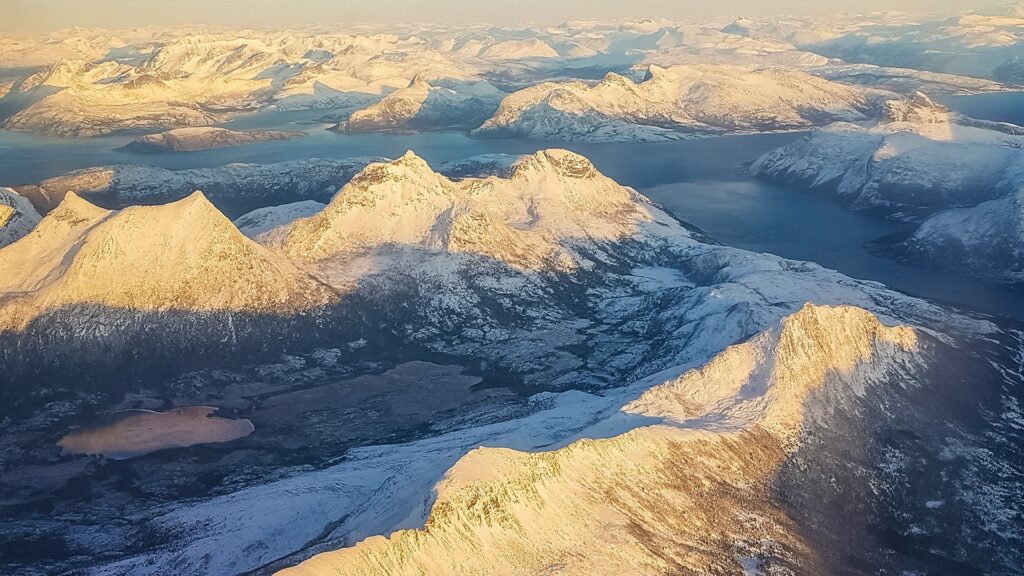
1012Beth. “Eivør Pálsdóttir: Tròdlabùndin (Trøllabundin) – 10.08.13”. July 19th, 2015. https://www.youtube.com/watch?v=wsl-KHGe4Kk&ab_channel=1210beth
G. Thrum, Thomas. n.d. Review of Deities- Adapted from “Laka’s Adventure” in Hawaiian Folk Tales. National Park Service. https://www.nps.gov/hale/learn/historyculture/deities.htm.
Fall Of Civilization. “The cities in the clouds”. August, 2021. Documentary, 1:47:41. https://www.youtube.com/watch?v=BRB9dJmZhVk&t=366s&ab_channel=FallofCivilizations
Jonna, Jinton. “Echoes of the North – Ice obsessions | Ep. 49”. December 4th, 2021. https://www.youtube.com/watch?v=gpJaQIpJx1A&ab_channel=JonnaJinton
Mantle, Hood, “Historical Reconstructions for Oral Traditions of Music”, VWB – Verlag für Wissenschaft und Bildung, The World of Music , 1981, Vol. 23, No. 2, symposium ’80 – on methodology (1981), pp. 5-21. https://www.jstor.org/stable/43560752?seq=1
The N-Cute. « The HIDDEN SECRET of the Eastern Highlands! | Nyanga, Zimbabwe » August 17th, 2021. Vlog, 13:20. https://www.youtube.com/watch?v=eM4YBPFQXjo&t=644s&ab_channel=TheN-Cube
Thor Heyerdahl. 1996. The Kon-Tiki Expedition. London: Flamingo.
2 responses to “Songs and Tales from the mountains (methodology of “a brief story of mountains and humanity”)”
Good!
Seems like your project is taking on a more concrete and narrow form, which I appreciate! Keep up the good work!
thank you very much, happy that I managed to make it clearer, I’m starting to be very inspired for the final form!